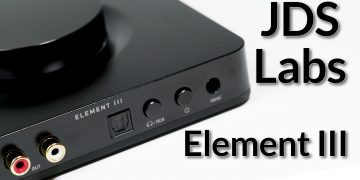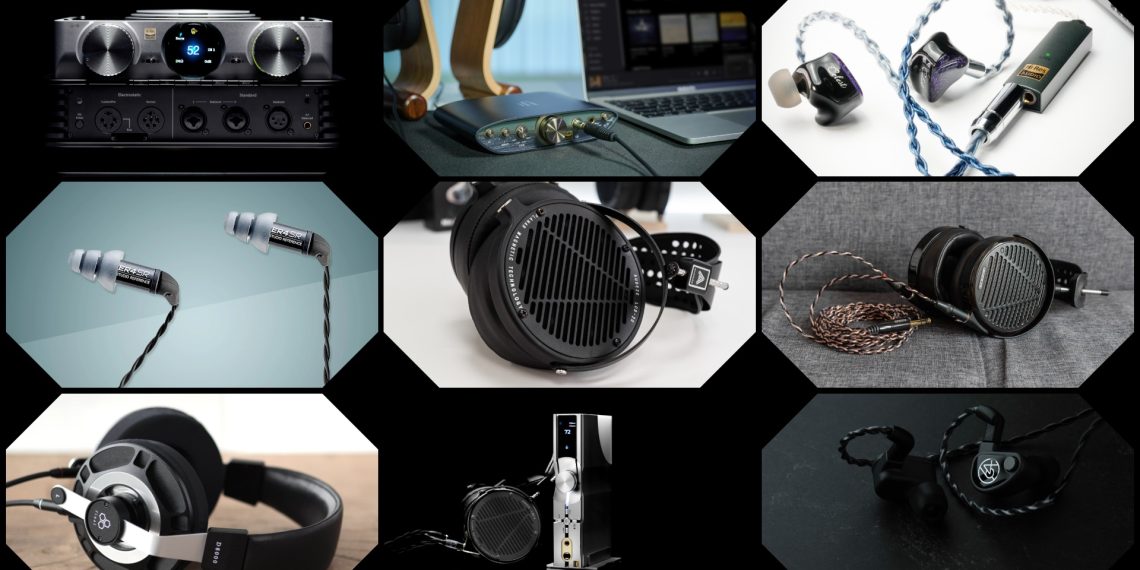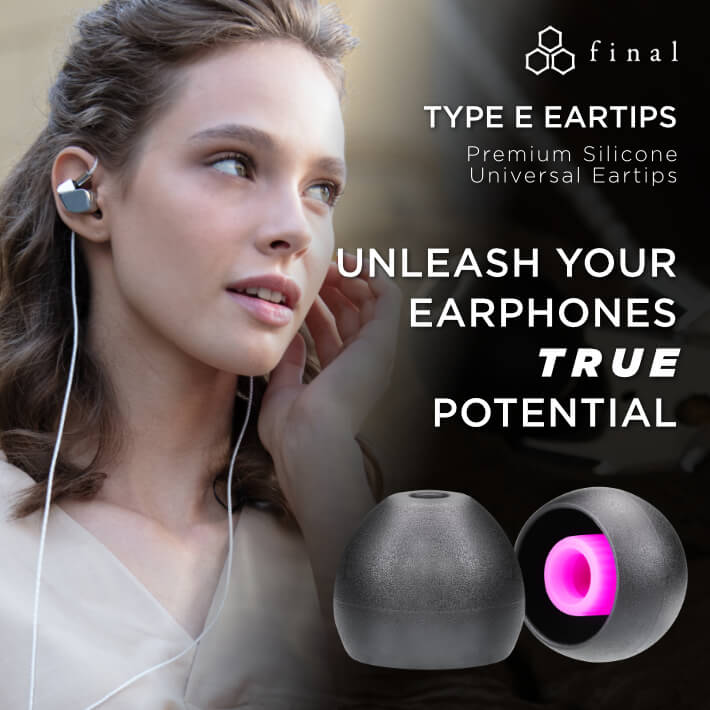Wireless Vs True Wireless
Hey everyone, John here. We’re all moving into a wire free world. You can get a wireless version of most gadgets now, and to make things confusing, you can even choose whether you want wireless or true wireless. What’ll be next… really true wireless? Or the truest wireless? Anyway, we’re going to explain the differences between wireless and true wireless.
The term wireless, when it comes to headphones, has been around since the late 60’s. Back then, wireless headphones needed their own transmitter in order to get a wire free signal to them. These transmitters used radio frequencies and were mainly used to watch TV with. Earphones were also used in this way but were not very common. The early wireless earphones had a stethoscope design and were mainly used for those who were hard of hearing and needed some assistance, again mainly to watch TV with or listen to the radio.
Then something amazing happened. Bluetooth. This technology named after the 10th century king of Denmark (King Harald Bluetooth) changed the world of wireless listening, and opened it up to everyone to be used anywhere.
With the help of Bluetooth, wireless earphones have become extremely popular. Now the name would suggest that there are no wires, but this is not the case. Wireless earphones can connect to your device wirelessly, however there is always a wire that connects the two ear pieces together.
Wireless Earphones
There are three main design choices for wireless earphones. Possibly the most common type is where the wire is designed to fall behind the back of the head, with a cable tightener used to fit the wire as tight as you like. This design is very good for active users, as the tight fit means there is less chance of the wire moving around while in use, and helps provide a secure fit of the earphones.
Another style of wireless earphone is where the cable is designed to rest along the back of the neck, using a longer wire with a looser fit. This design is potentially more comfortable as you don’t have a wire tight behind your head, it does however move around more as there is nothing securing it in place.
Lastly and recently gaining popularity is the neckband design. Similar to the previous, but these earphones have a solid neck band which holds the wire in place, achieving the best of both worlds. Having the wire secure around the neck is also useful when not in use, as you can just let the earphones dangle without the risk of losing them.
Having a wire between the earphones not only allows them to connect to each other, it also provides space for a microphone, controls and batteries to be placed. This means that the ear pieces can be smaller, controls are easy to use, call quality is very good due to the microphone being placed close to your mouth and battery life is very impressive, with some models achieving up to 30 hours from a single charge.
Now, how do you get more wireless than wireless? You go true wireless.
True Wireless
With true wireless earphones, not only do they connect wirelessly to your device, the ear pieces themselves connect wirelessly to each other. So, no wires at all.
It’s obvious why true wireless earphones have become so popular, as there are many benefits. The main one being: no wires. You get complete freedom. This makes true wireless earphones ideal for active use, as much as general portable use; they can do it all. Having no wires makes them extremely comfortable, so much so that sometimes it’s easy to forget they’re in your ears. No wires also means that there is nothing to get tangled. Hurrah!
True wireless earphones are supplied with their own carry case, which also acts as a portable charger. So when you’re done using them, not only will the case keep them safe, it will also charge the batteries up for when you next need them.
True wireless earphones aren’t all perfect though, there are a few compromises to be made for all of the practical benefits.
As there are no wires, everything needs to be packed into the ear pieces. Speaker driver, amp, DAC, battery, controls, microphone and all the other techy bits needed for them to work. This means that the ear pieces are bigger than normal wireless earphones and there isn’t much space. Batteries are smaller giving less usage time, with around 10 hours being the maximum on a single charge. The microphone is further away from your mouth, which effects call speech quality. Sound quality is compromised, as the drivers need to share space with everything else and there is less power to work with. They are also a lot easier to lose, being so small means they can easily be dropped or misplaced without being careful.
True wireless earphones are still new, and the quality, performance and value for money is constantly improving. So even though it is easy for me to pick at the problems. I can see why the benefits of convenience, comfort, functionality and style outweigh the negatives. Me personally, I’m still a wired earphone kinda guy. But with the rate at which the true wireless technology is advancing, that could one day change.








 HiFiHeadphones Best Buy list
HiFiHeadphones Best Buy list